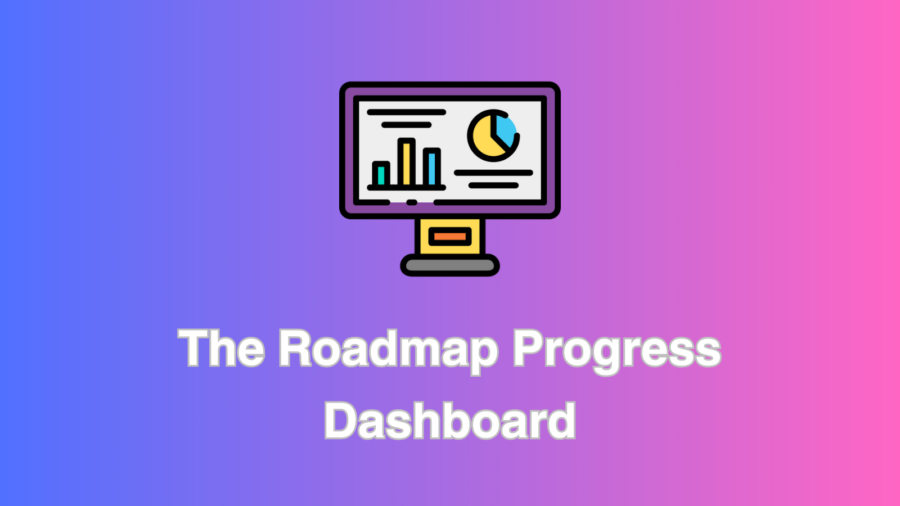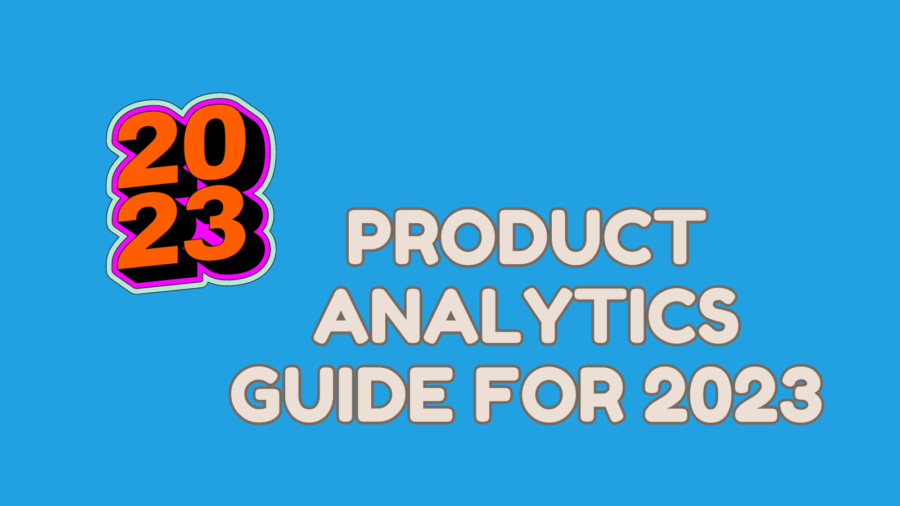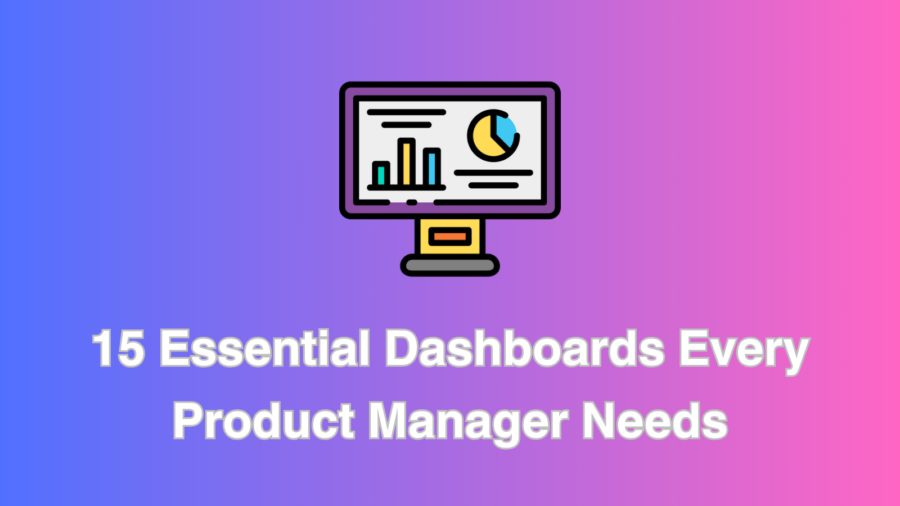Staying on top of tasks, timelines, and goals is crucial for success. One powerful tool that has become indispensable for product managers in steering their projects toward success is the Roadmap Progress Dashboard. This invaluable resource provides a bird’s-eye view of a project’s journey, allowing for real-time monitoring and strategic decision-making.
Understanding the Roadmap Progress Dashboard
The Roadmap Progress Dashboard visually represents a project’s progress, displaying key milestones, deadlines, and deliverables in a centralized and easily digestible format. It serves as a compass, guiding project managers through the twists and turns of a project’s lifecycle. This tool is not just about tracking progress; it’s about gaining actionable insights to drive informed decision-making.
Creating Your Roadmap Progress Dashboard: A Step-by-Step Guide
Step 1: Define Your Project Goals and Milestones
Before diving into creating a Roadmap Progress Dashboard, you must clearly understand your project’s goals and key milestones. Identify the critical phases of your project, such as planning, development, testing, and deployment. Assign realistic timelines to each milestone, creating a foundation for your roadmap.
Step 2: Choose the Right Tools
Selecting the right tools is crucial for building an effective Roadmap Progress Dashboard. Project management platforms like Jira, Trello, or Asana offer customizable features that allow you to create a visual representation of your project’s progress. Consider integrating these tools with data visualization platforms like Tableau or Power BI for a more comprehensive dashboard.
Step 3: Design a Clear and Intuitive Dashboard
The visual appeal and user-friendliness of your Roadmap Progress Dashboard are paramount. Design a layout communicating the project’s timeline, milestones, and current status. Color coding, graphs, and charts are used to make the information easily understandable. Remember, simplicity is key for an effective dashboard.
Step 4: Update in Real-Time
A stagnant roadmap is as good as no roadmap. Ensure your dashboard is updated in real-time to reflect the current status of your project. This keeps the team informed and enables quick responses to unforeseen challenges. Integration with project management tools automates this process, saving time and reducing the risk of human error.
Step 5: Incorporate Key Performance Indicators (KPIs)
Enhance the effectiveness of your Roadmap Progress Dashboard by incorporating relevant KPIs. Metrics such as completion rates, task duration, and resource utilization provide deeper insights into the project’s health. This data empowers product managers to identify bottlenecks, allocate resources efficiently, and make data-driven decisions.
Utilizing Roadmap Progress Dashboard Insights for Strategic Decision-Making
Beyond being a mere tracking tool, the Roadmap Progress Dashboard is a strategic asset for product managers. Here’s how to leverage its insights for success:
1. Early Detection of Risks
The ability to foresee potential roadblocks is a game-changer. The Roadmap Progress Dashboard allows product managers to identify delays or resource constraints early on. This early detection enables proactive problem-solving, ensuring minor hiccups don’t snowball into major setbacks.
2. Resource Allocation Optimization
Understanding how resources are distributed across different phases of the project is crucial. Product managers can see where resources are allocated or underutilized with the dashboard. This insight empowers them to optimize resource allocation, preventing burnout and ensuring a smooth workflow.
3. Stakeholder Communication and Transparency
Effective communication is at the core of successful project management. The Roadmap Progress Dashboard provides a transparent view of project status, enabling product managers to keep stakeholders informed. This transparency builds trust and allows for better collaboration among team members and external partners.
4. Iterative Planning and Adaptability
Projects rarely go exactly as planned. The Roadmap Progress Dashboard allows product managers to embrace an iterative planning approach. By regularly reviewing and adapting the roadmap based on real-time data, they can steer the project in the right direction, ensuring alignment with evolving goals and market conditions.
Real-world Examples: The Roadmap in Action
Let’s delve into a couple of real-world examples where the Roadmap Progress Dashboard has made a significant impact:
Example 1: Software Development
In a software development project, the Roadmap Progress Dashboard helped the product manager identify a coding bottleneck during the testing phase. By reallocating resources and adjusting timelines, the team successfully met the deadline, preventing a potential delay in the product launch.
Example 2: Marketing Campaign
In a marketing campaign, the Roadmap Progress Dashboard highlighted that certain content creation tasks took longer than anticipated. With this insight, the product manager brought in additional resources, ensuring the timely release of marketing materials and maximizing the campaign’s impact.
Conclusion: Steering Toward Success
The Roadmap Progress Dashboard is more than a visual aid; it’s a strategic compass for product managers navigating the complex terrain of project management. By following the steps outlined above and leveraging the insights gained, product managers can track progress and proactively steer their projects toward success. This tool is the key to staying on course and confidently achieving milestones in an ever-evolving landscape. So, embrace the power of the Roadmap Progress Dashboard and unlock the full potential of your projects.





